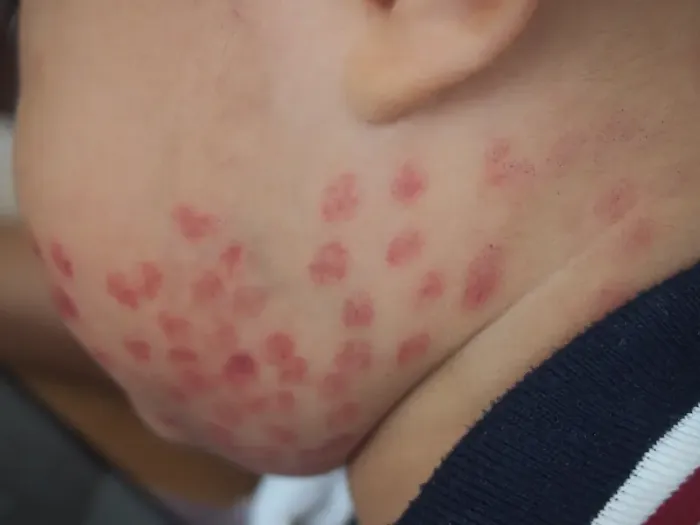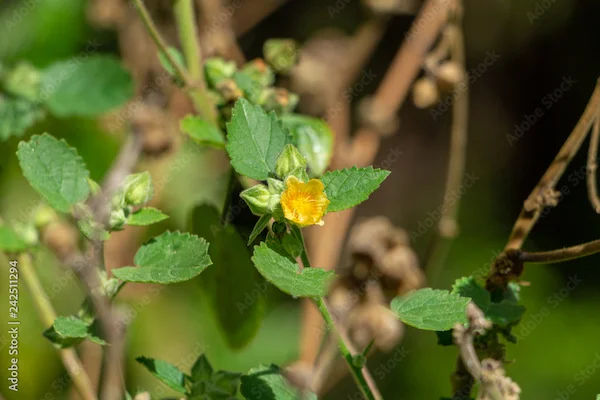Types of Hemangiomas and Their Characteristics
Discover the different types of hemangiomas, including infantile and congenital forms. Learn about their unique characteristics, appearance, and common treatment approaches for effective management.


Hemangiomas are common, non-cancerous growths made up of blood vessels. They often appear as red or purple bumps on the skin and are most frequently seen in infants, though they can occur at any age. While most hemangiomas are harmless and resolve on their own, understanding their types and characteristics can help in managing them effectively.
What Are Hemangiomas?
Hemangiomas are benign (non-cancerous) tumours formed by an abnormal collection of blood vessels. They can develop anywhere on the body but are commonly found on the face, scalp, chest, or back. Most hemangiomas appear shortly after birth and grow rapidly in the first few months before gradually shrinking over time.
Types of Hemangiomas and Their Characteristics
Hemangiomas can be categorised into different types based on their appearance, location, and depth.
1. Infantile Hemangiomas
- Appearance: Bright red, raised, and rubbery.
- Common Locations: Face, scalp, chest, or back.
- Growth Pattern:
- Proliferative Phase (0-12 months): Rapid growth in the first few months.
- Involuting Phase (1-5 years): Slow shrinking and fading.
- Involuted Phase (after 5 years): Most disappear, but some may leave faint marks. - Who Gets Them? More common in premature babies and girls.
2. Congenital Hemangiomas
- Appearance: Present at birth, either fully formed or rapidly growing.
- Types:
- Rapidly Involuting Congenital Hemangioma (RICH): Shrinks within the first year.
- Non-Involuting Congenital Hemangioma (NICH): Does not shrink and remains stable. - Common Locations: Limbs, trunk, or head.
Consult Top Skin Specialists
3. Capillary Hemangiomas (Strawberry Hemangiomas)
- Appearance: Bright red, raised, and resemble a strawberry.
- Common Locations: Face, neck, or scalp.
- Growth Pattern: Grow quickly in infancy and usually fade by age 5-10.
4. Cavernous Hemangiomas
- Appearance: Deeper, bluish-purple, and spongy.
- Common Locations: Skin, liver, brain, or other organs.
- Growth Pattern: May not shrink completely and can sometimes cause complications if they press on organs.
5. Compound Hemangiomas
- Appearance: A mix of superficial (surface) and deep (under the skin) components.
- Common Locations: Face or neck.
- Growth Pattern: May require treatment if they affect vision, breathing, or feeding.
6. Lobular Capillary Hemangioma (Pyogenic Granuloma)
- Appearance: Small, red, and bleed easily.
- Common Locations: Hands, face, or inside the mouth.
- Growth Pattern: Grows quickly and may require removal if bleeding occurs frequently.
How Do Hemangiomas Affect Health?
Most hemangiomas are harmless and resolve without treatment. However, some may cause complications, such as:
- Ulceration: Open sores that can be painful and prone to infection.
- Vision or Breathing Problems: If located near the eyes, nose, or throat.
- Psychological Impact: Large or facial hemangiomas may affect self-esteem.
When to See a Doctor?
Consult a healthcare provider if:
- The hemangioma bleeds frequently.
- It grows rapidly or interferes with vital functions (e.g., vision, breathing).
- It causes pain or infection.
Treatment Options
Most hemangiomas do not require treatment, but options include:
- Topical or Oral Medications: Beta-blockers (like propranolol) can shrink hemangiomas.
- Laser Therapy: Helps reduce redness and improve appearance.
- Surgical Removal: Recommended for large or problematic hemangiomas.
Lifestyle and Care Tips
- Keep the Area Clean: Prevent infections by gently washing with mild soap.
- Avoid Trauma: Protect the hemangioma from cuts or scratches.
- Monitor Growth: Take photos to track changes over time.
When to Seek Expert Advice?
If you or your child has a hemangioma that concerns you, consult a dermatologist or pediatric specialist. Early evaluation ensures proper management and prevents complications.
If you have questions about hemangiomas or need expert advice, schedule a consultation with Apollo24|7’s specialists. Early diagnosis and care can make a big difference.
Consult Top Skin Specialists
Consult Top Skin Specialists
Dr. Kavitha Killaparthy
Dermatologist
23 Years • MBBS,DIPLOMA(DERMATOLOGY,VENEREOLOGY,LEPROSY)
Hyderabad
JDS Skin & Hair Clinic, Hyderabad
Dr. Mayuri Jain
Dermatologist
11 Years • MBBS, MD Dermatology , Venereology & Leprosy
Delhi
Dr Mayuri Jain Clinic, Delhi

Dr. H R Yogeesh
Dermatologist
20 Years • MBBS, MD (Dermatology, Venereology & Leprosy)
Bengaluru
Akshata skin and hair care, Bengaluru
Dr.j Girishma
Dermatologist
6 Years • MBBS MD DERMATOLOGY
Bengaluru
Apollo Medical Center, Marathahalli, Bengaluru

Dr Ekansh Shekhar
Dermatologist
10 Years • MBBS MD
Lucknow
Apollo Clinic Hazratganj, Lucknow
Consult Top Skin Specialists
Dr. Kavitha Killaparthy
Dermatologist
23 Years • MBBS,DIPLOMA(DERMATOLOGY,VENEREOLOGY,LEPROSY)
Hyderabad
JDS Skin & Hair Clinic, Hyderabad
Dr. Mayuri Jain
Dermatologist
11 Years • MBBS, MD Dermatology , Venereology & Leprosy
Delhi
Dr Mayuri Jain Clinic, Delhi

Dr. H R Yogeesh
Dermatologist
20 Years • MBBS, MD (Dermatology, Venereology & Leprosy)
Bengaluru
Akshata skin and hair care, Bengaluru
Dr.j Girishma
Dermatologist
6 Years • MBBS MD DERMATOLOGY
Bengaluru
Apollo Medical Center, Marathahalli, Bengaluru

Dr Ekansh Shekhar
Dermatologist
10 Years • MBBS MD
Lucknow
Apollo Clinic Hazratganj, Lucknow




